From ABC News
August 28, 2019
A rare, potentially deadly mosquito-transmitted illness called Eastern equine encephalitishas been reported in at least three states.
There have been four recorded cases in Massachusetts, including one case in which the person died, while there have been three suspected cases in Michigan.
Cases involving animals have been reported in Florida.
In an interview with ABC News, Dr. Todd Ellerin, director of Infectious Diseases and vice chair Department of Medicine at South Shore Health in Massachusetts, explained that EEE “is the most deadly of all the mosquito-born viral brain infections, aka encephalitides.” However, EEE remains very rare and most people who get it never develop symptoms.
